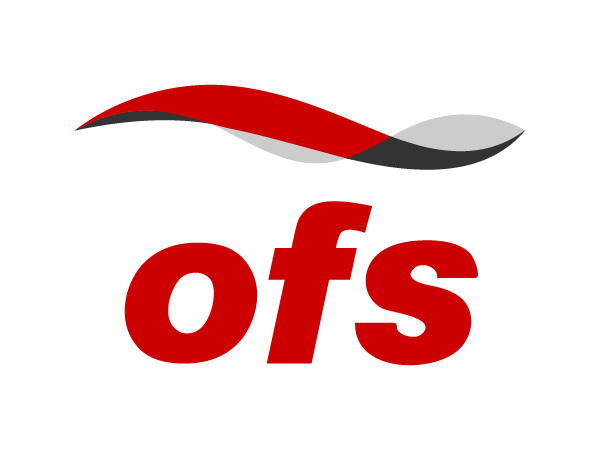
Technological advancement has brought about a revolution in the world of telecommunications, paving the way for faster internet speeds. Underground fiber optic cables are responsible for allowing this increased speed by facilitating faster data transmission over long distances. These underground cables have become essential to most businesses as they enable them to send and receive information quickly and securely.
Advantages of Underground Fiber Optic Cables
Underground fiber optic cables are increasingly being used in telecommunications networks across the world. It is essential to use underground cables when connecting two distant places or cities, as they provide reliable and cost-effective transmission of data. However, there are many other advantages of using underground fiber optic cables. Here are just a few of them:
- Stronger Performance: Underground fiber optic cables are less prone to signal interference than traditional copper wires that rely on electricity for transmission. This makes them ideal for long-distance connections, as well as for high bandwidth applications like streaming video and audio.
- Increased Capacity: With fiber optic lines, companies can simultaneously send large amounts of data between two locations without worrying about data loss or signal degradation from external factors such as electrical interference or weather conditions.
- Cost Efficiency: In the long run, companies save more money by installing an underground fiber optic cable rather than expensive copper wires. Additionally, installation and maintenance costs over time tend to be much lower than traditional cabling solutions since these cables tend to last longer and require fewer repairs due to their improved hardiness in extreme environmental conditions such as rain, snow and heat waves.
- Durability: One of the most attractive aspects of fiber optic cabling is its robust construction and durability over time – this means that companies don’t have to worry about frequent modifications & re-installations as with traditional copper wiring solutions which can become damaged after even a small shift in terrain or ground movements (like an earthquake). Buried deep beneath the earth’s surface ensures constant protection from any external factors that would otherwise cause disruption in service.
- Reduced Risk of Human Interference: Burying your network underground minimizes the chances that an unauthorized person could physically cut through it or gain access to it – greatly reducing the risk of intentional sabotage from hackers or other malicious individuals who may attempt to cause disruption or stealing confidential data/information stored within it.
Our innovative optical fiber cables are the result of exceptional optical fibers protected by ground-breaking packaging that ensures superior performance and durability. The OFS portfolio includes a wide variety of central tube and loose tube cables.
For a complete list of our Outside Plant Cables, refer to the respective listings:
- Totally Gel-Free Optical Fiber Cable
- Loose Tube Optical Fiber Cable
- Ribbon Optical Fiber Cable
- FTTX Optical Fiber Cable
- Central Core Optical Fiber Cable
- Microcables and Blown Fiber Units
- Industrial Optical Fiber Cable
FREQUENTLY ASKED QUESTIONS
How Deep Does Fiber Optic Cable Need to be Buried?
- Conduits are used to bury fiber optic cable, which is typically done between 3 and 4 feet down, or 36 and 48 inches underground. A minimum depth of 42 inches is frequently specified in fiber optic cable installation agreements, though some environments consider the even deeper placement of the conduit.
Does Underground Fiber Optic Cable Need to be in a Conduit?
- It is recommended that underground fiber optic cables are installed in a conduit to protect them from environmental hazards and maintain their integrity, but it is possible to directly bury our Toneable Mini LT Flat Drop Fiber Optic Cable
Can Underground Fiber Optic Cable be buried directly in the ground?
- Yes, If the cables are buried directly, they are either plowed in or buried in a trench. Please review our Direct Buried Cable Installation Guide. Outdoor fiber cables with steel armor are the most typical cables used for direct burial.


